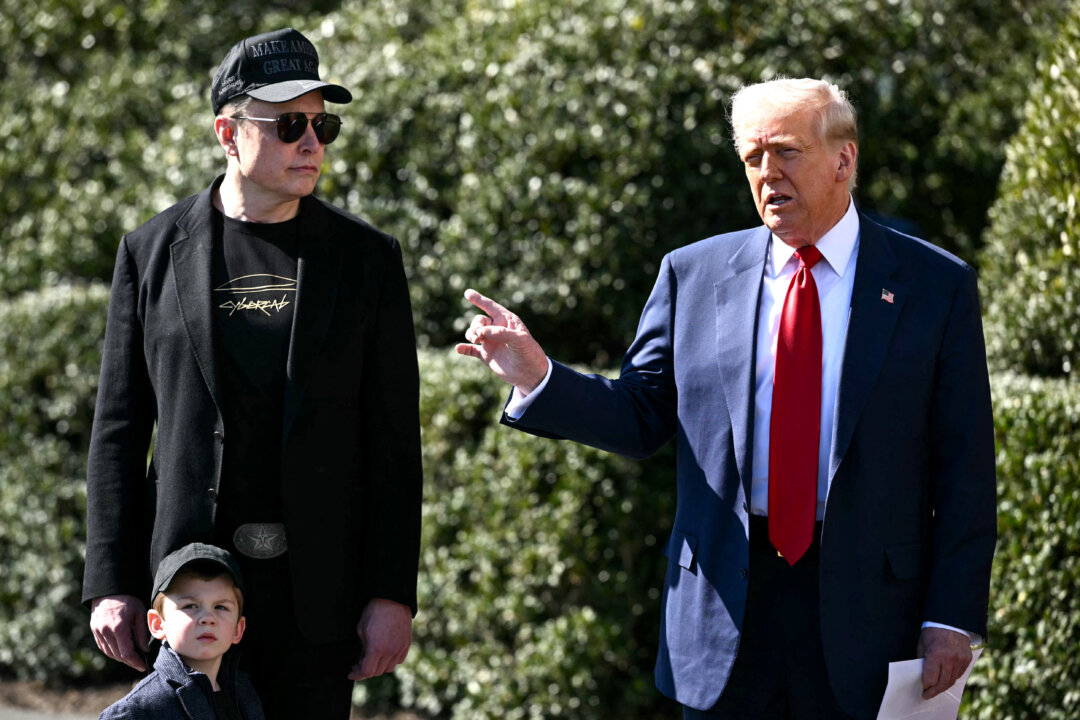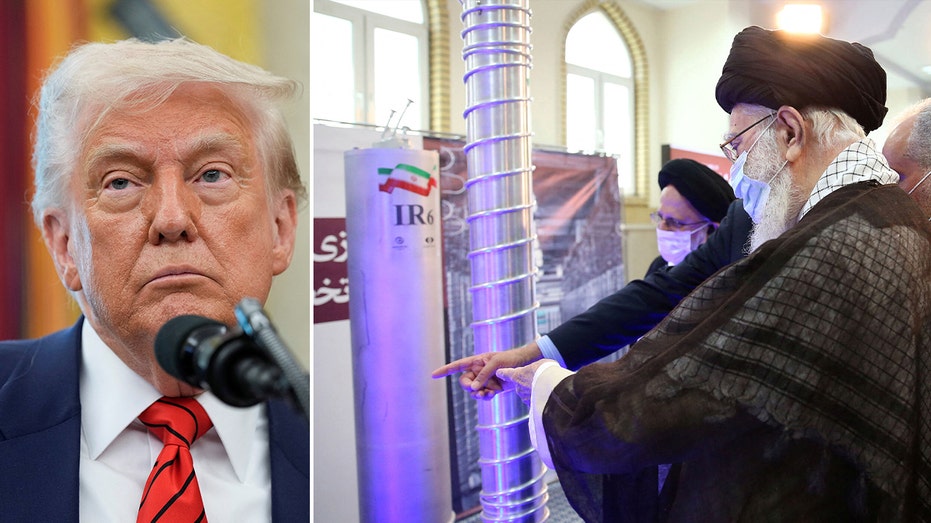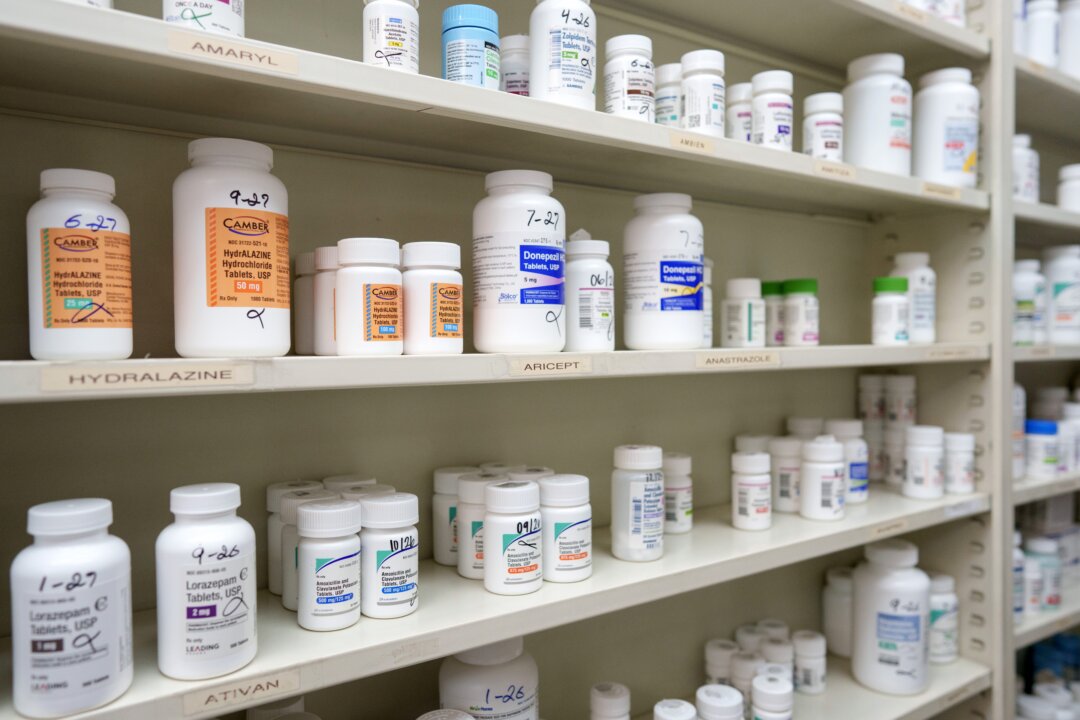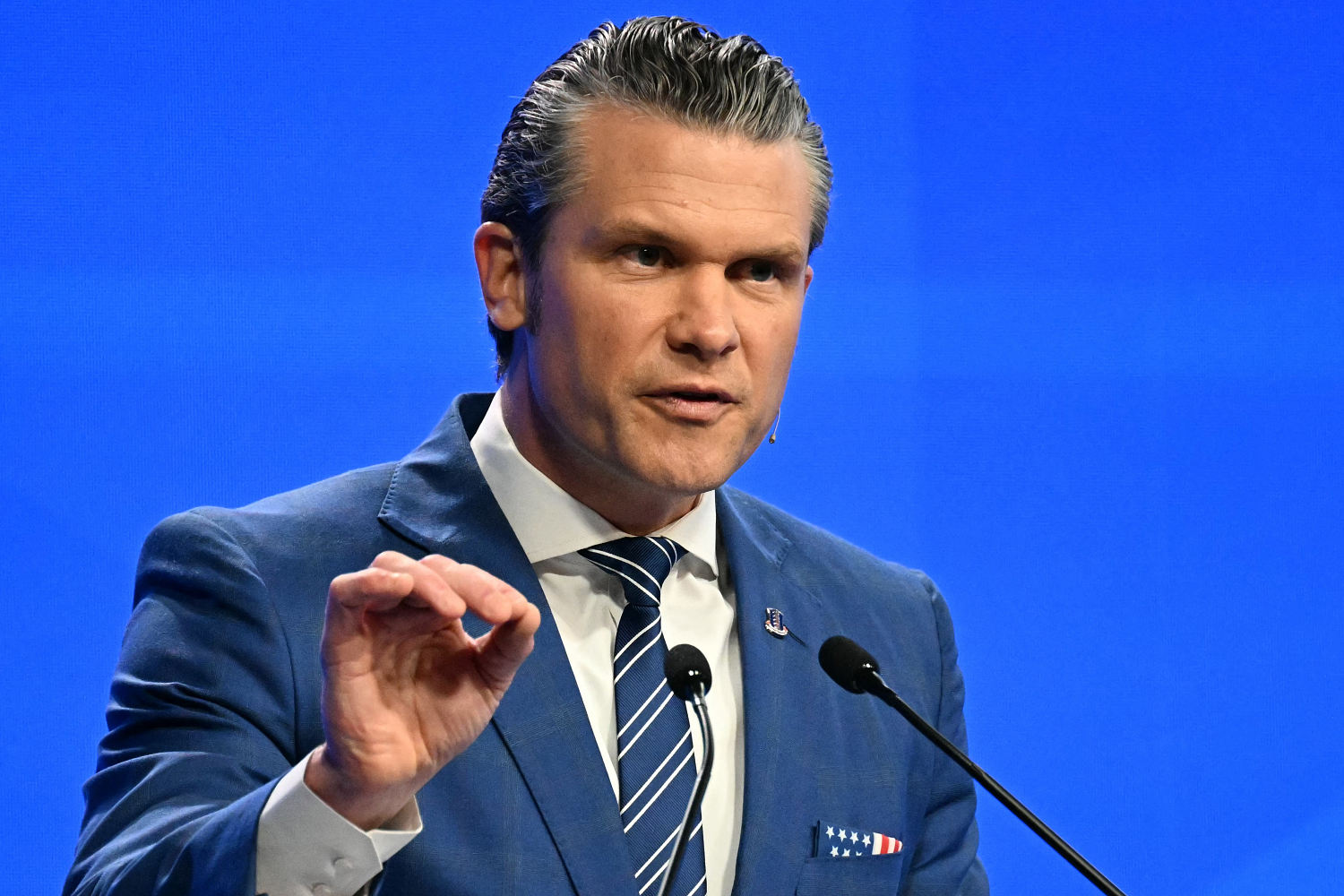TRACY, California — The bloodbath that Republicans are making of federal incentives for climate projects has stopped — for now — at the border of House Speaker Mike Johnson's district.
That's where Heirloom Carbon is planning to build its first commercial-scale plant capable of extracting carbon dioxide from the air, by way of shallow trays of crushed limestone that absorb the planet-warming gas.
The project was on the Trump administration's draft "kill list" of federally funded climate tech projects, as my colleagues reported in March. But it wasn't on the final list that came out last week.
Another win in progress: While last week's House-passed megabill would gut the Inflation Reduction Act's tax credits for renewables and nuclear power by tightening their construction deadlines to near-impossibilities, it leaves the IRA's credits for carbon capture largely intact, other than cutting the credits' transferability to third parties.
Carbon capture has plenty of enemies on the left, where it's often viewed as a nascent, expensive distraction from reducing emissions in the near term. But it's the right that wields influence over the huge pots of money that are the Biden administration's biggest climate legacy — and as Republicans prepare to decimate incentives for renewable resources like solar, wind and geothermal energy, carbon capture has managed to weather the storm better than many other climate technologies.
Heirloom is as savvy an operator as any, having announced its Louisiana facility in 2023 in conjunction with Climeworks and Battelle on the back of an initial $50 million award from the bipartisan infrastructure law. The company is pursuing a two-pronged policy strategy: It's trying to win over the right with the promise of jobs and heavy industry in their districts, and the left with the additional promise of a way to tackle climate change — with caveats about it not being a substitute for other emissions reductions. To that end, it takes pains to make a key distinction between "carbon capture" — which includes technologies that filter CO2 from industrial sources — and "carbon removal" like Heirloom's, which draws existing carbon out of the atmosphere.
"By building in California, you get the door knocks from the Microsofts of the world," Vikrum Aiyer, the company's head of global public policy, told me on a tour last month of its first plant, on the agricultural eastern outskirts of the Bay Area, over the hum of a kiln that heats up the limestone to extract the captured CO2. "By building in Louisiana, we get more companies interested in 'How do I use this CO2 for other things?'"
Choosing Louisiana was a prescient bet. Republican Gov. Jeff Landry’s administration pleaded the project’s case after it ended up on the Energy Department's preliminary hit list.
"I urge you to contact DOE Secretary Chris Wright and ask him to take every necessary step to advance this critically needed federal grant,” Louisiana Economic Development Secretary Susan Bonnett Bourgeois wrote to the state's congressional delegation.
Local port commissioners and business groups chimed in, too; an April letter touted the project's ability to "generate demand for American-made steel, concrete, and advanced equipment, revitalizing our industrial heartland."
It probably also helped that Heirloom was a relative old-timer, getting its funding award in August 2023; two-thirds of the projects on the kill list received final approval after the November election. But either way, avoiding being on the list was a significant victory, given how much work remains to get the technologies to economic viability.

"For those earlier-stage startups who are not backed by a large corporation or multinational, I think you could see this as absolutely devastating," said Jessie Stolark, executive director of the Carbon Capture Coalition, a trade group.
The Senate is currently working through the megabill, but the House version’s 2033 deadline to start construction works for Heirloom, which is banking on the preservation of the existing $180-per-ton tax credit to remove CO2 as well as permanently store it (in concrete, at its plant in California, and in an underground well, in Louisiana). Another $130-per-ton credit, for using the carbon, would help it capitalize on its recently announced deal with United Airlines to incorporate it into jet fuel.
That would all go a decent way to helping the company get beyond the initial corporate buyers — Microsoft, Meta, McKinsey and JP Morgan among them — willing to shell out the roughly $600 per ton that direct-air capture currently costs. (It needs to get down to about $100 per ton to make it attractive to companies that have to reduce their emissions under government climate programs in California and the European Union, for example.)
Heirloom's strategy on the left, meanwhile, involves trying to cobble together more funding for research and development to get the cost down further while allaying environmental groups' concerns that the technology will enable industrial emitters to keep polluting.
Heirloom is hoping to leverage California’s carbon-trading program, which generates billions in proceeds from the sale of emissions permits to industry. It's backing an "advanced climate technology" fund for industrial decarbonization technologies, pegged to the state's 2022 climate roadmap that envisions carbon removal contributing to 15 percent of the state's goal to get to net-zero emissions by 2045.
To that end, the company is trying to win over wary opponents who argue that any climate dollars should go toward nearer-term reductions. "Could that someday be a realistic part of the solution?" former Vice President Al Gore, one of the most powerful climate voices on the left, said of carbon capture in a speech in April in San Francisco. "Perhaps. But not now. Not even close."
Carbon capture is “probably the most expensive and the least reliable thing that we could possibly be doing right now," Katie Valenzuela, a consultant for environmental justice groups, said on a panel at a Sacramento climate conference in April.
"I recognize I'm not coming into this room as a very popular dude," Aiyer responded. "We have to earn your trust. I get that."
But they're having some success there, too. California lawmakers this week advanced a bill to require the state to purchase $50 million in carbon removal credits between 2026 and 2035.
Another bill would lift California's moratorium on carbon dioxide pipelines, which Heirloom would need if it scales up enough to move large volumes to storage wells or other sites. "There's a huge opportunity here," said Assemblymember Cottie Petrie-Norris, its author, who joined last month's tour of the Tracy facility.
For now, much of Heirloom’s fate is in the hands of the Senate, where their industry-friendly pitch to the right might allow them to slip through the Trump administration’s net once again. And as other emissions-cutting efforts fall to Republicans' machete, time is on their side.
"By 2050, we need to start taking down six to 10 billion tons of carbon dioxide every year for the rest of the century,” Aiyer said, “if we stand any chance of realizing either the temperature goals or the Paris Accords."
Carbon capture might not be a favorite among progressives yet, but with the Trump administration’s gutting of other climate projects, companies like Heirloom may be some of the only ones left.
.png)















 English (US)
English (US)